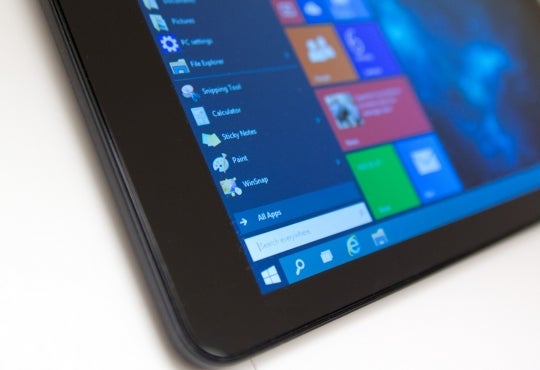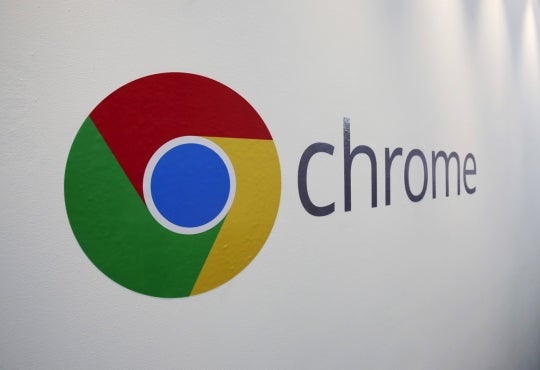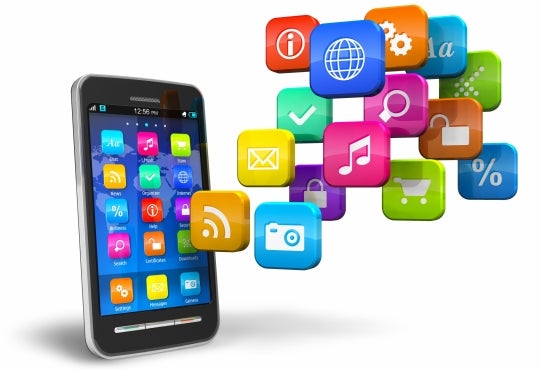History of Google

Google began as a research project for Larry Page and Sergey Brin. Both were Ph. D students at Stanford. Page began to research the backlinks of a given page and "considering the number and nature of such backlinks to be valuable information about that page (with the role of citations in academic publishing in mind)" (Wikipedia).Brin joined him, and they began collaborating on a project called BackRub. BackRub operated on Stanford servers for over a year, but eventually took up too much bandwidth.
In 1997, Page and Brin decided to rename BackRub. They decided to use the name Google – a play on the word “googol”. Googol is a mathematical term for the number represented by the numeral 1 followed by 100 zeros. This reflected Google’s mission to organize a seemingly infinite amount of information on the web.
In August of 1998, Andy Bechtolsheim wrote a $100,000 cheque to Google Inc, which actually didn’t exist yet. Having filed for incorporation on September 4th, and opening a bank account in the name of Google Inc, Brin and Page set up in Susan Wojcicki’s garage. While here, they hired their first employee, Craig Silverstein. They stayed in that garage until February of 1999; at that time, they moved with their 8 employees to 165 University Avenue in Palo Alto. In April, they welcomed Yoshka (first company dog), to come to work with the senior VP of operations. The next month Google welcomed their first non-engineering hire, Omid Kordestani, who worked in sales. In June of 1999, John Doerr and Michael Moritz joined the board; in their first press, the term “Googlers” is used by Moritz, to describe people who use Google. In August, Google moved to their first Mountain View location and in November they hired their first Google chef. Charlie Ayers won the job in a cook-off judged by the employees.
April 1st, 2000 started the annual tradition of the Silicon Valley April Fools’ Day jokes. Google announced MentalPlex: the ability for Google to read your mind. The website is still active at: http://www.google.com/mentalplex. In May 2000, the first 10 language versions of Google were released. They were: French, German, Italian, Swedish, Finnish, Spanish, Portuguese, Dutch, Norwegian and Danish. This May is also when Google won their first Webby Award (for technical achievement and people`s choice). In June 2000, Google formed a partnership with Yahoo!, and Google became their default search provider. Yahoo! broke this partnership in 2004, when they started providing their own search engine. June 2000 Google also announced the first billion-url index. This made Google the world`s largest search engine. In September, Google started offering search in Chinese, Japanese and Korean. In October, Google AdWords launched, with 350 customers. Google AdWords is Google`s main advertising product and main source of revenue. In December, the Google toolbar was released: this made it possible to search without visiting the Google homepage.
In February 2003, Google acquired the company that owns Blogger (Pyra Labs), which to some parties was considered inconsistent with Google’s business model. But in fact, this acquisition secured the company’s competitive ability to use information extracted from blog posts to improve their service. The verb “to google” was added to the Oxford English Dictionary on June 15, 2006, and the eleventh edition of the Merriam-Webster Collegiate Dictionary in July of that same year. On October 9, 2006 Google announced they were going to buy YouTube, and maintain it as a separate brand instead of merging it with Google Video.
Best of Google Products
Besides Google`s core product, which is the search engine, Google offers a variety of products that must be accessed via a web browser. Below is a collection of my personal favorite Google products that I either have used frequently or currently use frequently. All of these products are free, unless otherwise stated.
Google Account
Google Account is a user account that gives access to Google-owned services. When you sign up, Google Account will automatically create a Gmail account for you. Your Google account can be used to access Blogger, YouTube and Google Groups. For accounts that were created before Google bought them, YouTube and Blogger maintain them, but since April 2011 YouTube users must link to a separate Google Account if they want to maintain the service. Users can use a 2-step verification process to protect their accounts: the first time logging in, users login with their username and password. Then users will be prompted to enter the code that was sent to their phone via text, voice call or the mobile app. After the code is accepted, users can choose to not require the code again on that particular computer. But when users try to login from a different computer, they will be prompted for the code again.
Gmail
Gmail is a free email service provided by Google. Users are provided with 10 GB of storage, and users can purchase a subscription for additional storage at a monthly cost, which can be shared between Picasa Web Albums, Gmail and Google Docs. Gmail's spam filtering features a community-driven system: when any user marks an email as spam, this provides information to help the system identify similar future messages for all Gmail users. Users are able to manipulate their settings, so mail that’s marked as spam can be handled in certain ways. Users are able to access Gmail as a secure website, but also have the option via POP3 or IMAP4 protocols (in Outlook, Thunderbird, Mac Mail, etc). As of June 2012, Gmail is the most widely used web-based email provider.
Google Drive
Google Drive is a cloud storage service. Users must have a Google Account to access the software. Along with cloud storage, it allows users to share files, and edit collaboratively. Google Drive is the home of Google Docs, which is a suite of applications that offer collaborative editing for documents, spreadsheets, presentations and more. Users can use the Google Docs to create their documents, or upload files to the drive for cloud storage. Google Drive gives all users 5 GB of cloud storage, but you can purchase a subscription for storage at a monthly cost, which can be shared between Picasa Web Albums, Gmail and Google Docs. Anything created on the Google Docs does not count for this storage quota. For example, if you create a Word document and upload it to your drive, it will take up storage space. But if you create a document on the Google docs that will not take up storage space.
Google Calendar
Google Calendar is a time-management application that’s accessible via the internet. Users must have a Google Account to access Google Calendar. Because everything is stored online, users can view their calendars from anywhere as long as they have an internet connection. It can also import Microsoft Outlook and iCalendar files, and calendars can be shared either as read-only, or with editing permissions. Google Calendar can use Google Sync to synchronize with mobile devices, with PC applications through third party software, or natively with Apple's iCal. Users can also work offline, with a read-only version of your calendar. Google Calendar is supported on Android-based phones, and webOS-based phones. Event reminders can be sent by email, as well as SMS to mobile phones.
Google Chrome
Google Chrome is the web browser developed by Google. Users have the option to login with their Google Account. According to StatCounter, Google Chrome was the most widely used web-browser (with 37% world-wide usage share of web browsers), but Net Applications claims Chrome is third in size of user base, behind Internet Explorer and Firefox.
Google Maps
Google Maps is a web mapping service. It powers the Google Maps website, Google Ride Finder, Google Transit and any maps embedded on third-party websites. Google Maps is also available as an iOS application, and also available for Andriod, PlayStation Vita system software, Windows Mobile, Aymbian OS, BlackBerry OS, Palm OS or Palm web OS. Google Maps offers street maps, a route planner travelling by foot, car, public transportation or bike (still in beta). The satellite images are anywhere from a few years to a few months old.
Google Translate
Google Translate is a free, multilingual machine-translation service; it translates text from one language to another. Google Translate currently supports 65 languages, and 12 alpha languages. Alpha Languages are languages that Google is testing right now, and they may have less-reliable translation than the supported languages. There are also browser extensions, within Firefox and Chrome, and apps for Android, and iPhone and iPod touch. The iOS version accepts voice input for 15 languages and allows the translation of a word or phrase into one of more than 50 languages. The translations can also be spoken out loud in 23 different languages.
Movies
Looking up Movies on Google is one of the less popular functions of Google. But if you simply type the name of the movie you wish to see in the search bar, it will use your location to give you showtimes at the closest theatres.
References
About 2-step verification for Google Accounts
[Google]. (n.d.). Retrieved from https://www.wired.com/wp-content/uploads/2015/09/google-logo.jpg











